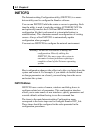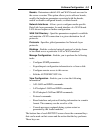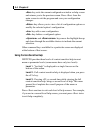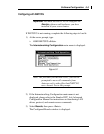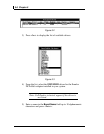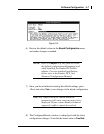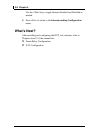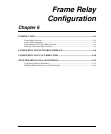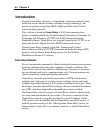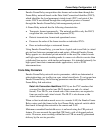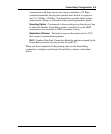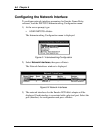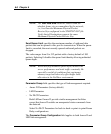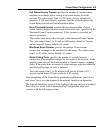
6-2 Chapter 6
Introduction
Emulex Frame Relay software is a streamlined, connection-oriented frame-
mode data service based on frame-switching /relaying technology--the
process of quickly transporting HDLC (High-level Data Link Control)
frames through a network.
This software is based on
Frame Relay, a WAN telecommunications
protocol standard specified by the International Consultative Committee for
Telegraphy and Telephony (CCITT) and ANSI (American National
Standards Institute). Frame Relay was originally specified by CCITT as an
Integrated Services Digital Network (ISDN) frame-mode service.
Emulex Frame Relay supports AppleTalk, Transmission Control
Protocol/Internet Protocol (TCP/IP), Internetwork Packet Exchange (IPX)
protocol, and the Source Route Bridge protocol of the NetWare
MultiProtocol Router 3.0 software.
Frame Relay Networks
Private line networks permanently allocate dedicated transmission resources
between communication end points, regardless of traffic conditions. The
Frame Relay network uses statistical multiplexing. Transmission resources
are not allocated until active communications exist. Network resources are
shared dynamically among participating end points.
Frame Relay networks provide the best features of TDM (time division
multiplexing): high-speed, low-delay circuit switching and the statistical
multiplexing and port sharing of X.25 packet-switching technologies. These
advantages guarantee bandwidth according to the set committed information
rate (CIR), and allow bandwidth-on-demand bursts when available.
The Frame Relay network consists of Frame Relay switches, which usually
are owned and administered by the carriers. The access connection to the
Frame Relay network is typically provided by a Local Exchange Carrier
(LEC) and can also be bundled into the Frame Relay provider's service. A
network provider can be an LEC; a Metropolitan Frame Relay service, an
Interexchange Carrier (IXC), an interstate, national, or global Frame Relay
service.



